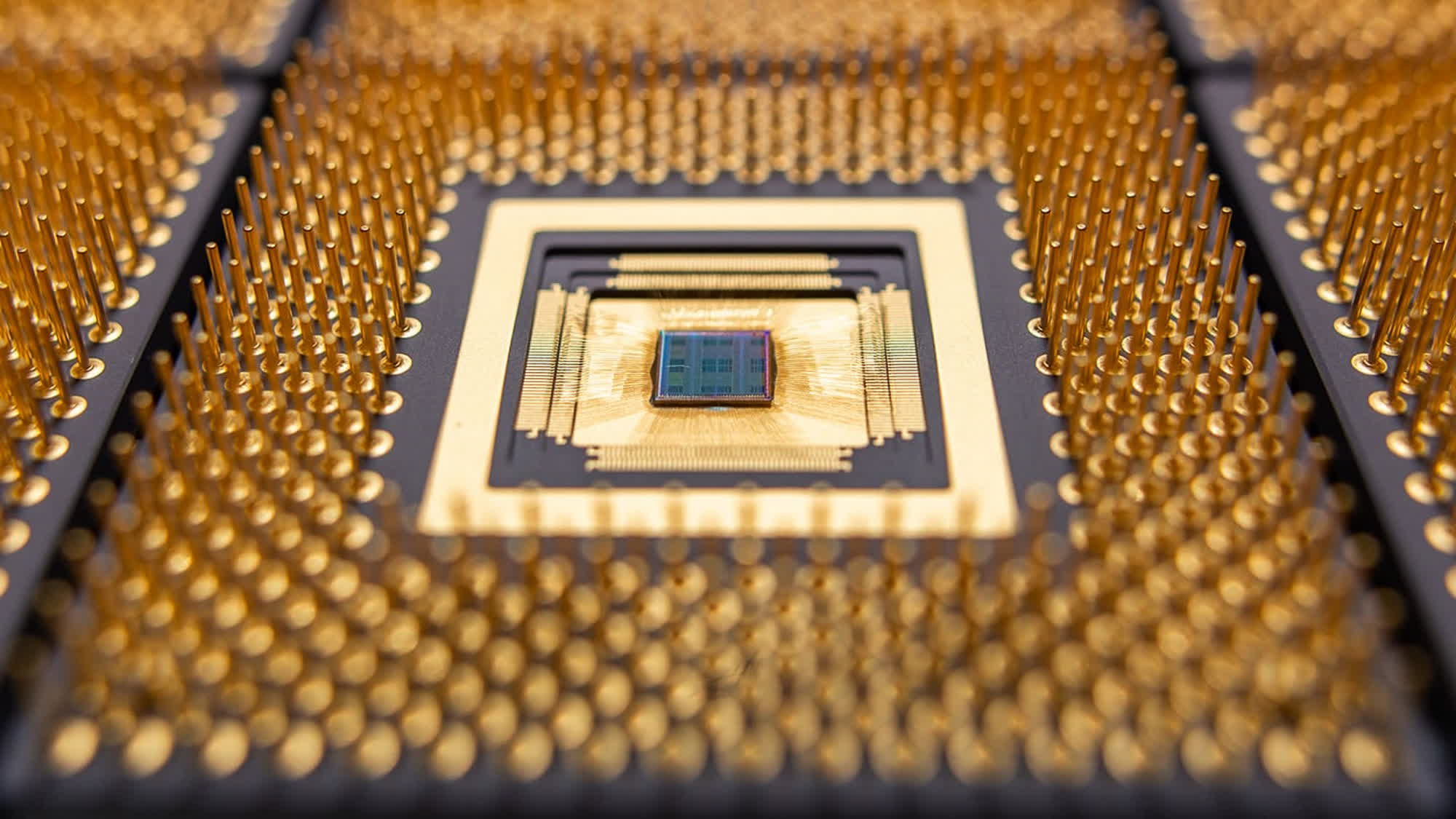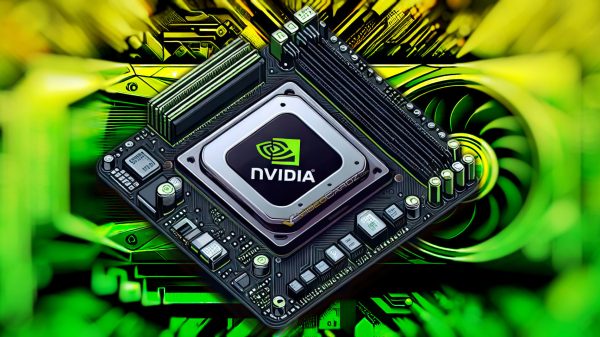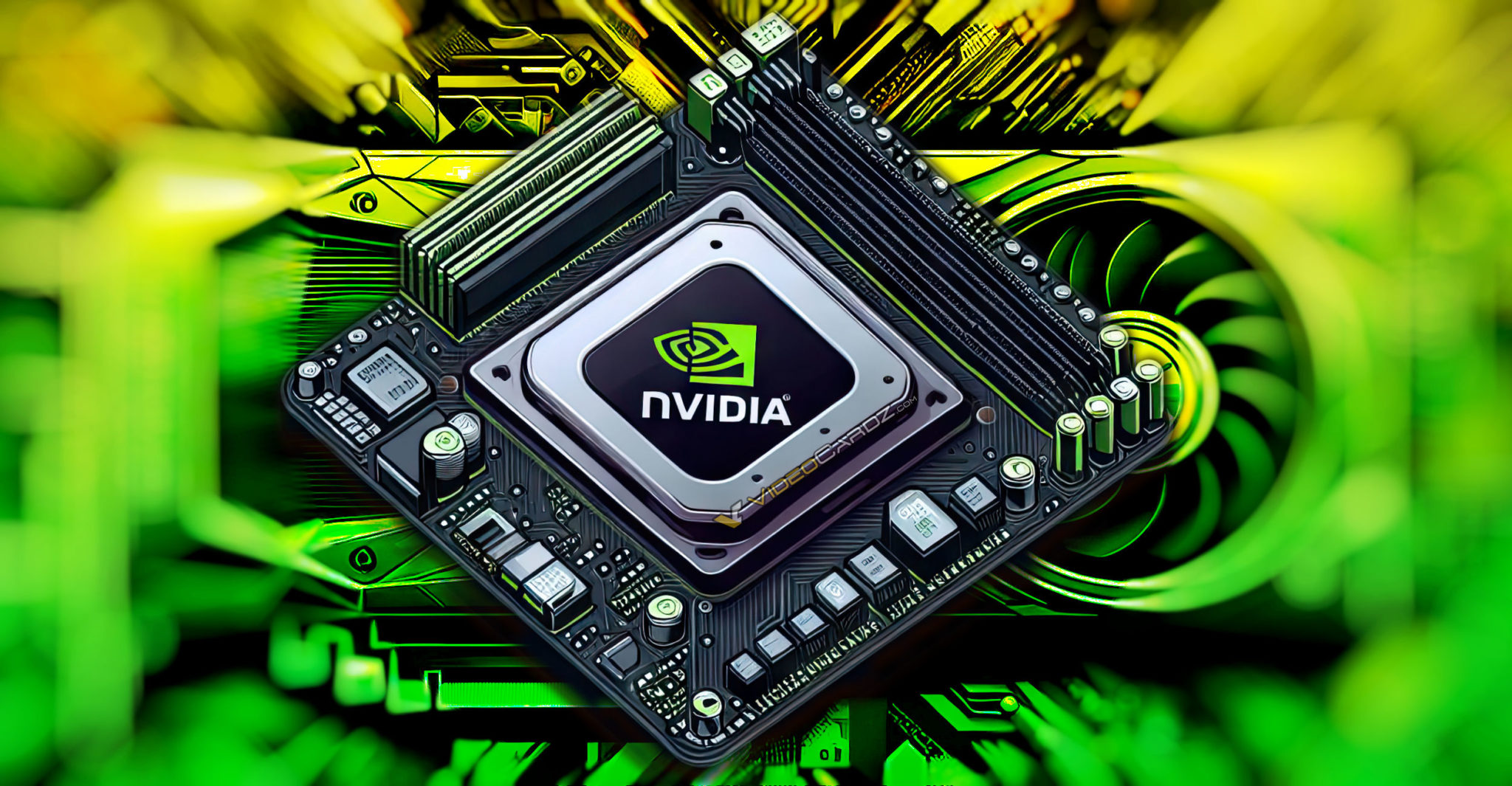Nvidia is making strides to enter the Windows-based hardware market by developing an Arm-based processor aimed at competing with Qualcomm’s Snapdragon. Known for its GPUs and devices like the SHIELD and Nintendo Switch, Nvidia has extensive experience with Arm processors.
This planned system-on-chip (SoC) would provide a new option for major manufacturers, such as Dell, Lenovo, and Acer, adding a fourth player to the Arm-based Windows market alongside Intel, AMD, and Qualcomm. Nvidia’s entry could expand the choices available for Windows PCs, potentially ready as early as September 2025.
The anticipated SoC will include both CPU and GPU components, designed specifically for consumer PCs. This project aligns with the likely expiration of Qualcomm’s exclusivity agreement with Microsoft for Windows on Arm devices, which would open the door for Nvidia in early 2026. An ongoing patent dispute between Arm and Qualcomm could also push Microsoft and other companies toward alternative suppliers.

Nvidia Eyes Windows PC Market with Arm-Based Processor, Targeting Snapdragon’s Lead in 2025
Nvidia’s new processor could therefore meet a market that is increasingly open to fresh options in Arm technology for PCs.
Nvidia’s background in Arm technology dates back to its Tegra processors, which power devices like the Nintendo Switch. Although these processors haven’t had major updates in recent years, Nvidia is rumored to be working on a new chip for the next-generation Switch, signaling its commitment to Arm development. This experience positions Nvidia well to compete in the Arm-based PC processor market, potentially transferring its gaming and mobile expertise to consumer PCs.
Financially, Nvidia is at a high point, bolstered by the AI boom, which has made it one of the most valuable companies globally. With the company’s success in GPUs and AI-related products, Nvidia is now exploring other areas to diversify its revenue and reduce its reliance on the AI market. By entering the PC processor market, Nvidia could secure a foothold in another high-volume sector, potentially stabilizing its business if demand for AI technology decreases in the future.
Although Nvidia’s move into the Arm-based PC processor market is not yet officially confirmed, the potential impact is generating excitement. If Nvidia can launch a successful competitor to Snapdragon, it could drive performance improvements and offer new options in the Arm-based Windows PC space. The tech industry will be closely monitoring Nvidia’s developments, as its entry into this sector could bring significant changes and foster greater innovation for Windows-based devices.








































